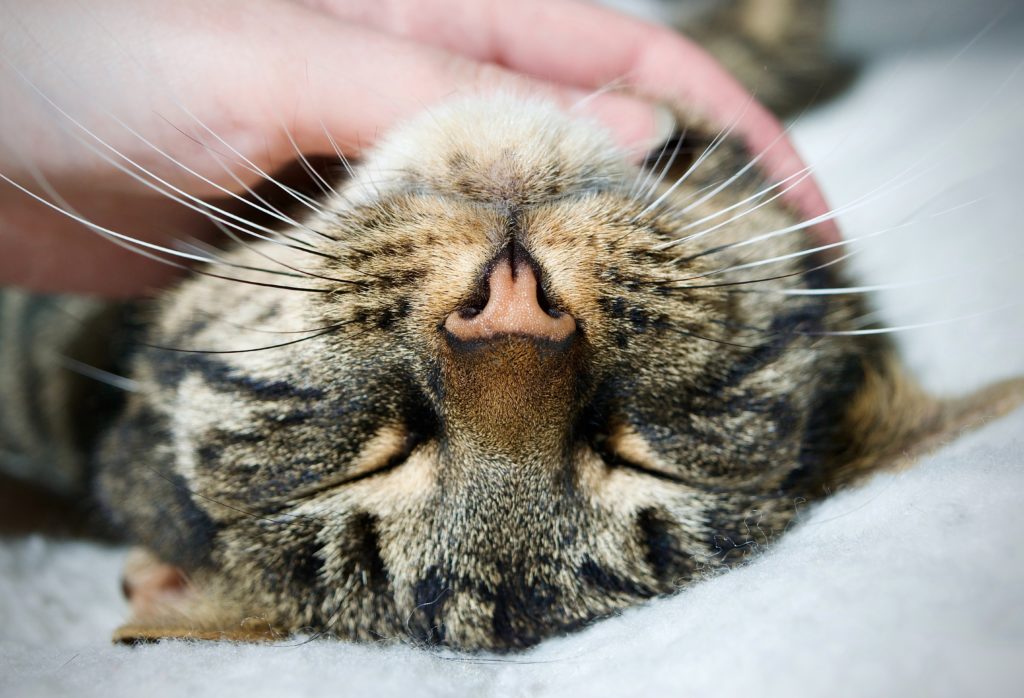Our feline friends never cease to amaze us. Although the human fascination with cats dates back to Ancient Egypt, we are still learning new information about their habits, biology, and unique behaviors today. Our kitties are famous for their keen senses and agility, but they also have many lesser-known skills and idiosyncrasies. Here are five surprising cat facts that will deepen your appreciation of the feline in your life.

Watch your cat play and groom herself, and you’re likely to notice that your furbaby favors one of her paws over the other. Researchers have observed that 75% of cats demonstrate some level of handedness. Unlike humans, who are 90% right-handed, a meta-analysis determined that 39% of kitties are right-pawed and 36% are left-pawed. While cats are much more likely than us to be ambidextrous, left-handedness is markedly more common in both male cats and male humans.
Though kitties have taste buds that help them ensure that their food is fresh and safe to eat, don’t expect them to be tempted by sweet treats. Because cats are obligate carnivores who don’t need carbohydrates to survive, they have no use for receptors that respond to sugars. Many pet parents are surprised to learn that a kitty who begs for a bite of their ice cream is actually attracted to the fat content.
Cats have a structure called the Jacobson’s organ that connects their nasal passages and mouth, allowing them to sense food aromas as well as environmental pheromones. Our feline friends may be notoriously picky eaters, but it’s hard to blame them – they experience food in ways we can’t understand.
Your kitty’s finely tuned barometer for animal pheromones also extends to human hormones. While the hormones associated with pregnancy don’t have a scent themselves, they may alter your smell in ways that are perceptible to your cat, even very early in your pregnancy. Our furbabies are also highly sensitive to heat and vibration, so they may be drawn to expectant mothers’ elevated basal body temperature and the murmur of the fetal heartbeat.
If your kitty does have early insight into your pregnancy, it is difficult to predict how she will react. Some cats become very protective or affectionate, while others get defensive about territory.

Those relaxing sounds can communicate much more than contentment. Cats purr to form bonds with their human companions, communicate needs, and self-soothe in times of stress. Experts believe that the vibrational frequency of cats’ purrs may also play an important role in healing injuries, repairing tissue damage, and recovering from illness. At a low 26 Hertz, feline purring matches the exact frequency utilized in vibration-based physical therapies for humans.
Cat parents are well aware that no two kitties are alike, but if you look very closely at your furbaby’s nose, you’ll notice an intricate pattern of bumps and ridges. Like a human fingerprint, these features are completely unique to your cat and will remain unchanged throughout her life.
While it’s possible to identify cats by their noseprints, there is no such database currently in widespread use. The best way to locate a missing pet is microchipping. Reach out to your veterinarian to learn more about this service and other ways to help keep your cat healthy and safe.
